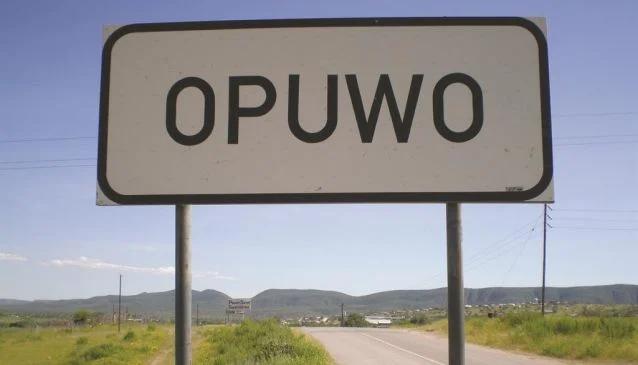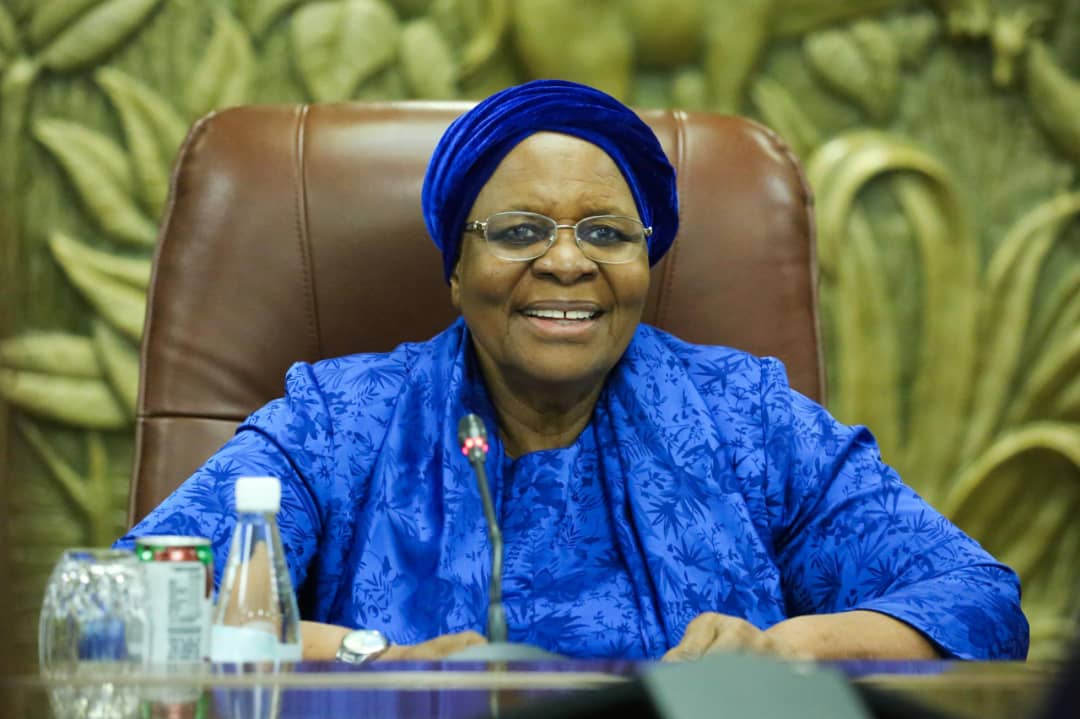The year 2008 has been an outrageously tough and volatile for equity market investors, and no doubt many of us will be pleased to see the back of it.
Even though the global high yield debt market started to unravel in late 2007, almost everyone underestimated the severity of the ensuing credit and liquidity crisis in what has turned out to be the most severe economic shock since the 1930’s. The straw that broke the camel’s back was the allowed failure of Lehman Bros. in the US, which prompted the fearful surviving global banks to almost stop lending money altogether to other banks or their customers.
Fears over the survival of global banks reached a peak in September and October, prompting a liquidity run on a number of well known and established financial institutions such as Bear Sterns, Merrill Lynch, Fanny Mae, Freddie Mac and AIG.
The severityof the crisis was belatedly realised by the financial authorities, and they subsequently initiated a phenomenal array of interest rate and monetary measures to mitigate this crisis. Amongst others effects, this has resulted in a number of banks being nationalised in the US and Europe. The flood of money or liquidity into the banking system appears to have had the desired effect of stemming the liquidity crunch and preventing further bank failures, and only recently the implied policy of ‘no more big bank failures’ was underlined with the financial rescue of Citibank.
Global trade slowed dramatically post the Lehman’s failure as banks severely cut the availability of credit including trade finance. This exacerbated an already poor situation developing for commodity prices as global growth slowed, resulting in a very severe fall in almost all commodities. The recent downturn in global economic growth has been particularly sudden and savage in response to the most severe credit crunch since the Great Depression of the 1930’s.
At much the same time the ability of the Chinese economy to decouple from the rest of the world was sorely tested and found wanting. The Chinese property and export markets have rapidly ground to a halt along with the last hopes of China acting as the lead locomotive for global economic growth.
Equity markets rapidly moved to price in the much worse economic outlook, and indeed 2008 looks firmly set to be one of the worst years ever for equity investors. To a large extent the deteriorating fundamental factors have been exacerbated by forced redemptions and withdrawals from hedge funds and unit trusts. The debt markets have fared just as poorly. High yield and investment grade debt are at yields that imply economic depression like corporate failures as they simultaneously suffer from the severe lack of available credit.
The current situation
The time for banks going bust appears to have passed, with the financial authorities in most countries guaranteeing the customer deposit base and injecting fresh capital to strengthen the bank capital bases.
However, the full realisation of the economic impact of the virtual halt in global trade is only now becoming apparent with record low manufacturing indices worldwide and collapsing consumer confidence. Almost all major economies are already in recession, and we expect US GDP to contract by roughly 4% in Q4 2008.
Commercial banks worldwide are very much focussed on protecting their balance sheets and are loath to extend credit, rather choosing to deposit any excess cash with central banks even though they lose interest margin. Businesses with legitimate financing requirements are being starved of credit. Central banks and governments are becoming increasingly irritated with this banking sector intransigence of not lending and in effect have started to bypass the private sector banks by directly buying US mortgage-backed securities, thus bringing down the cost and easing pressure on US home owners.
Deflation has replaced inflation as the principal pricing fear, with the plummeting oil and commodity prices adding to the downdraft of lower food commodities. Central banks globally are vying with each other to see who can cut interest rates faster in an effort to halt the economic slide. The official policy price of debt is rapidly falling but not necessarily being passed on as banks increase their margin, whereas the supply of debt is being limited and demand is muted as individuals and companies seek to reduce debt.
What of the future?
It is ‘good news’ that confidence has been crushed and that there is so much doom and gloom out there. There is widespread anxiety as to whether the world is in for a prolonged severe recession accompanied by deflation, with this possibility largely already reflected or discounted in financial security prices. Unless this scenario occurs, equities around the world look cheap on a longer term basis.
What is stopping the markets from making any meaningful progress is that economic data is coming in significantly worse than the already low expectations, and market participants are unsure as to how deep and how long this recession will last. The consumer benefits of lower oil prices and interest rates are currently being eroded by rapidly rising job losses and the pressure to reduce debt. Even the optimists are expecting a severe recession in Q4 2008 and 2009. Furthermore, no-one really knows if there is more forced selling of shares to come from hedge funds, which will potentially cap any rally.
As businesses and consumers pull back, government spend is stepping in to fill the void with the major infrastructure programs already announced soon to supplemented by the US. Bigger government budget deficits will become the norm.
Although currently facing the severe cyclical challenges of collapsing exports and residential property, China remains in a structural long term growth path and has considerable flexibility to turn around the current significant slowdown in growth. The Chinese economic stimulus has already begun and as a result there is every chance that the second half of 2009 will see a reacceleration of economic growth in China.
Other key variables to watch for in terms of signs of improvement which will ignite equities are a fall in high yield corporate bonds and the resumption of commercial bank lending. This may well only happen when global broad economic variables stop coming in worse than expectations, resulting in less fear. An important area to watch is for emerging signs of stability in the US housing market, as this is the area that started the rot and forms a dominant portion of bank collateral.
How to position yourself in the current environment
The instinctive response in times of sudden economic collapse and massive uncertainty is to reduce risk and position oneself conservatively. However notwithstanding having heard the ‘it’s too late to panic’ mantra many times before, we feel that markets have already done an efficient job of discounting the very poor economic outlook.
That is not to say that we definitely will not lose money in the equity market in the short term, but rather that the major risk now is being too conservatively positioned when some of the above positive catalysts unfold. We don’t know exactly when the economic news will come in not as bad as expected or when the US housing market will stabilise, but we do know that markets will not wait until this is obvious for all and sundry to rally. Furthermore given thefinancial stimulus injected to date and juicy valuations on offer, it is a dangerous game to think that one can time the recovery with precision, as there is every chance that markets recover in the first half of 2009.
We think that SA interest rates will fall rapidly in 2009, by up to 4% to 5% as inflation in SA falls rapidly. Consequently we like the outlook for SA consumer and bank shares as well as the property sector. – Freund is a portfolio manager at Investec
Stay informed with The Namibian – your source for credible journalism. Get in-depth reporting and opinions for
only N$85 a month. Invest in journalism, invest in democracy –
Subscribe Now!










